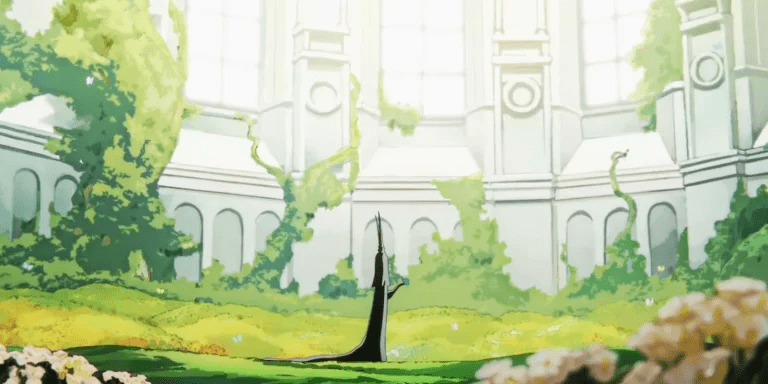
The Mythical “Devil Fruit” in One Piece
The “Devil Fruit,” as it is commonly referred to, is incredibly powerful and diverse. At the beginning of the story, Luffy is introduced as having consumed the Gomu Gomu no Mi, which allows his body to stretch like rubber. This power has become the signature of the Straw Hat captain and has paved the way for many adventures.
Initially, the power of the Devil Fruits was quite rare in the East Blue region and was considered mythical. However, as the story progresses to the Grand Line, it becomes evident that many people have consumed Devil Fruits, with each individual becoming significantly stronger than the previous one.
Over time, various types of powerful Devil Fruits have been introduced. For instance, Logia fruits are regarded as the most powerful, while Zoan fruits are considered the rarest and most attractive. Notable characters who wield such powers, like Admiral Akainu and the Warlord of the Sea, can exhibit extraordinary abilities after consuming these fruits.
Scientist Vegapunk has revealed an intriguing fact: Devil Fruits are born from human desires. Any type of Devil Fruit exists to fulfill someone’s wishes in another spatial dimension. This raises the question of why each Devil Fruit can potentially attract certain individuals. For example, Luffy possesses the powers of the Sun God Nika, while Blackbeard has the darkness-infused powers of the Yami Yami no Mi.
Despite these explanations, it still leaves us with the mysterious question: how was the very first Devil Fruit created? This enigma continues to linger as the story develops, compelling us to speculate.
Is There a Devil Fruit Tree?

The Devil Fruit, akin to magical fruits from the One Piece world, is known for its ability to transform those who consume them, though it also comes with drawbacks. Although they are created from unique properties, they are still classified as fruits. And what about the legendary tree that bears these fruits?
Could there be a tree that produces Devil Fruits? This concept is not far-fetched. Eiichiro Oda, the manga’s creator, has hinted at a Devil Fruit tree in a parallel storyline, even if it hasn’t been explicitly detailed in One Piece. In the Romance Dawn manga, the author alludes to the possible existence of a Devil Fruit tree, suggesting that it could appear in the latter part of the story.
If a Devil Fruit tree exists, it would not be surprising if it spread seeds of these mysterious fruits worldwide. Furthermore, the idea of a unique tree specifically responsible for these exceptional fruits isn’t new in One Piece.
We have already encountered the Sunlight Tree Eve, a tree that brings light to the land of the Celestial Dragons. This tree absorbs sunlight and distributes it through its branches, effectively acting as the heart of the Yarukiman Mangrove.
Additionally, we have the “treasure tree” Adam, known to be the strongest wood type. The legendary ships, Oro Jackson and Thousand Sunny, are made from this wood. This proves that Oda is not shy about incorporating trees with significant strength and meaning into his narrative.
So, could there be a specific type of tree that produces Devil Fruits? The possibility exists. If so, this special tree may closely relate to human desires and aspirations, potentially created by advanced civilization technology, perhaps even surpassing Vegapunk’s inventions. This tree could serve as a way to manifest these desires into reality, giving birth to the Devil Fruits.
But Where Could This Devil Fruit Tree Be?
The Devil Fruit tree could be located in an area that remains hidden from the world. One intriguing possibility is that it exists at the base of the Red Line, possibly in Mariejois. A more compelling theory is that the Sunlight Tree Eve, which provides light to the Celestial Dragons, is indeed the Devil Fruit tree.
This revelation would be a significant twist, revealing that the tree providing light also produces the powerful Devil Fruits. Certainly, there could be other trees responsible for these unique fruits, but the concept of a singular tree for both functions isn’t too far-fetched.





















